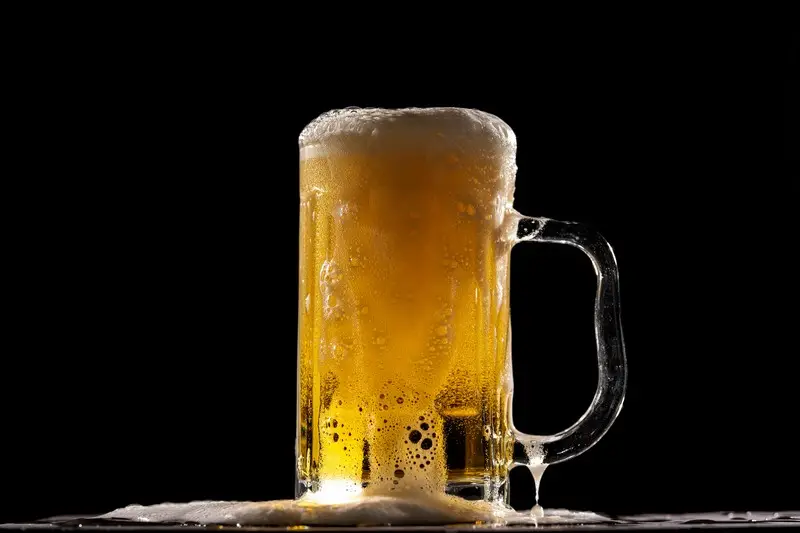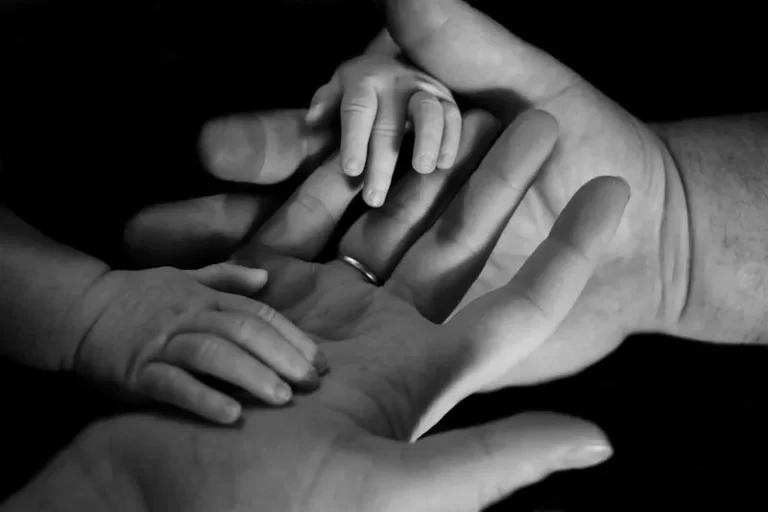Table of Contents
- Introduction
- Understanding Alcoholism as a Social Phenomenon
- Alcoholism and the Family
- Alcoholism and Social Inequality
- Alcoholism and the Workplace
- Alcoholism and Public Institutions
- Cultural Norms and the Social Construction of Alcoholism
- Alcoholism and Social Policy
- Conclusion
Introduction
Alcoholism, also referred to as alcohol use disorder (AUD), is a chronic and relapsing condition characterised by an impaired ability to regulate alcohol consumption despite experiencing adverse physical, psychological, occupational, and social consequences. While it is frequently conceptualised through medical or psychological frameworks, it is imperative to understand alcoholism as a profoundly sociological phenomenon. Its impacts reverberate across families, communities, workplaces, and institutional systems. Alcoholism does not occur in isolation but is embedded in the complex social matrix shaped by class stratification, gender dynamics, racial inequalities, cultural norms, and institutional regulations.
This article provides an in-depth sociological analysis of alcoholism, moving beyond individualised conceptions to examine broader systemic structures. By integrating classical and contemporary sociological theories, this piece explores how alcoholism is both a symptom and a cause of social dislocation, moral regulation, and structural inequality.
Understanding Alcoholism as a Social Phenomenon
From a sociological perspective, alcoholism must be viewed as a socially situated condition. Alcohol consumption is culturally embedded and institutionally regulated. The onset and trajectory of alcohol abuse are shaped by social norms, group dynamics, cultural practices, and structural pressures. Sociologists have employed various theoretical perspectives to dissect the multifaceted nature of alcoholism.
Structural Functionalism
Structural functionalism views society as a system of interrelated parts that function to maintain social order and stability. Within this framework:
- Alcohol consumption is recognised as a socially sanctioned activity that reinforces group identity and cohesion through rituals and communal practices.
- However, when drinking patterns become excessive and deviant, they disrupt institutional functions and generate social dysfunction.
- Institutions such as the family, religion, education, and healthcare are tasked with regulating and correcting deviant behaviour through social norms and formal sanctions.
Conflict Theory
Conflict theory, rooted in the work of Karl Marx, foregrounds power, inequality, and resource distribution in understanding social phenomena:
- Alcoholism is both a response to and a product of socio-economic marginalisation, particularly among the working class and minority populations.
- The alcohol industry profits from the systemic exploitation of vulnerable groups, employing aggressive marketing strategies that target impoverished and stressed populations.
- The punitive approach of state institutions toward alcohol-related deviance often reinforces class and racial inequalities, rather than addressing root causes.
Symbolic Interactionism
Symbolic interactionism emphasises the micro-level interactions through which meanings are constructed and identities formed:
- Alcoholism is understood through the lens of social labelling and the meanings attributed to drinking within different social contexts.
- Individuals who are labelled as “alcoholic” may experience identity transformation, marginalisation, and internalisation of deviance.
- Treatment and recovery are also social processes, shaped by interactions within families, peer groups, and support networks such as Alcoholics Anonymous.
Alcoholism and the Family
The family is a central institution in social life and is often the first to bear the brunt of alcoholism. Alcoholism affects family structures, relationships, and roles, often with long-term intergenerational consequences.
Disruption of Family Roles
Alcoholism leads to role confusion, role overload, and relational breakdowns:
- Parents with AUD may abdicate their caregiving responsibilities, causing disruptions in attachment and developmental outcomes for children.
- Children may take on adult responsibilities, a phenomenon known as “parentification,” which can result in psychological distress and developmental arrest.
- Marital relations deteriorate as partners struggle with trust issues, financial instability, and emotional isolation.
Intergenerational Transmission
Alcoholism often follows generational patterns:
- Children raised in alcoholic households are at increased risk for emotional and behavioural disorders, academic failure, and future substance abuse.
- Dysfunctional family dynamics—such as inconsistent discipline, emotional neglect, and domestic violence—create adverse childhood experiences (ACEs) that shape adult health outcomes.
- Social learning theory suggests that children model the behaviours of alcoholic parents, normalising substance abuse.
Domestic Violence and Abuse
The link between alcoholism and domestic violence is well established:
- Alcohol is frequently a contributing factor in incidents of intimate partner violence (IPV) and child abuse.
- Victims often lack the economic and social resources to escape abusive environments, especially in contexts of poverty and social isolation.
- Families affected by alcoholism are also more likely to experience homelessness, housing instability, and interaction with child welfare systems.
Alcoholism and Social Inequality
Get the full article AD FREE. Join now for full access to all premium articles.
View Plans & Subscribe Already a member? Log in.





